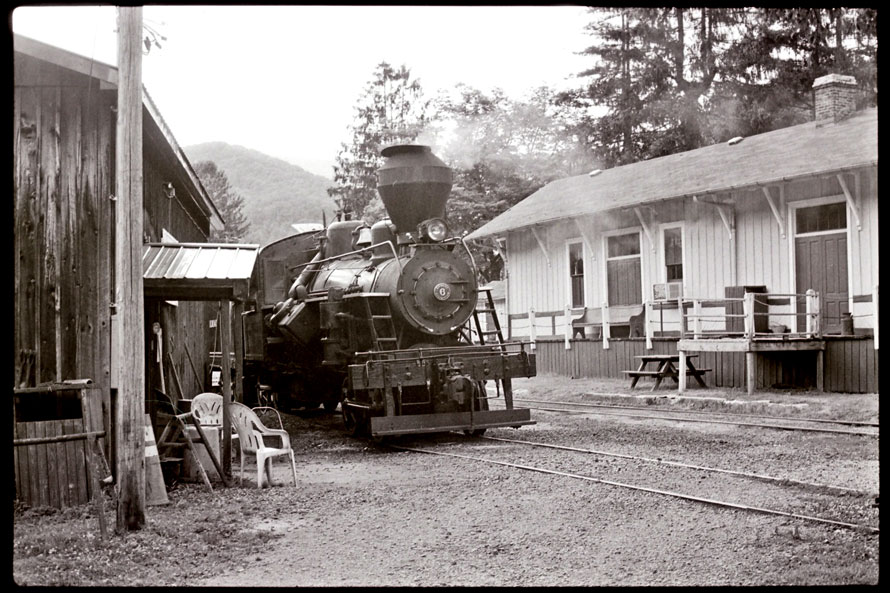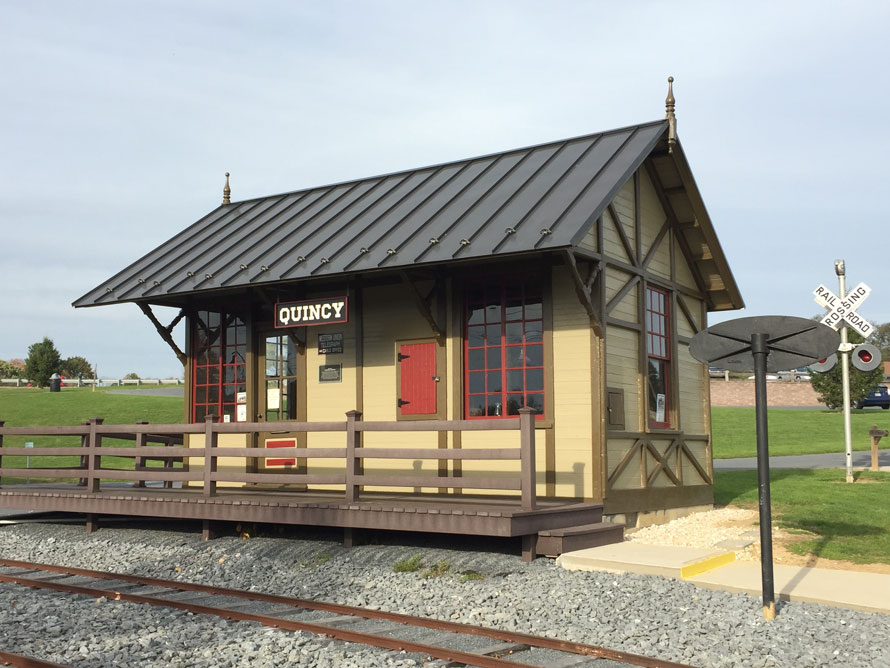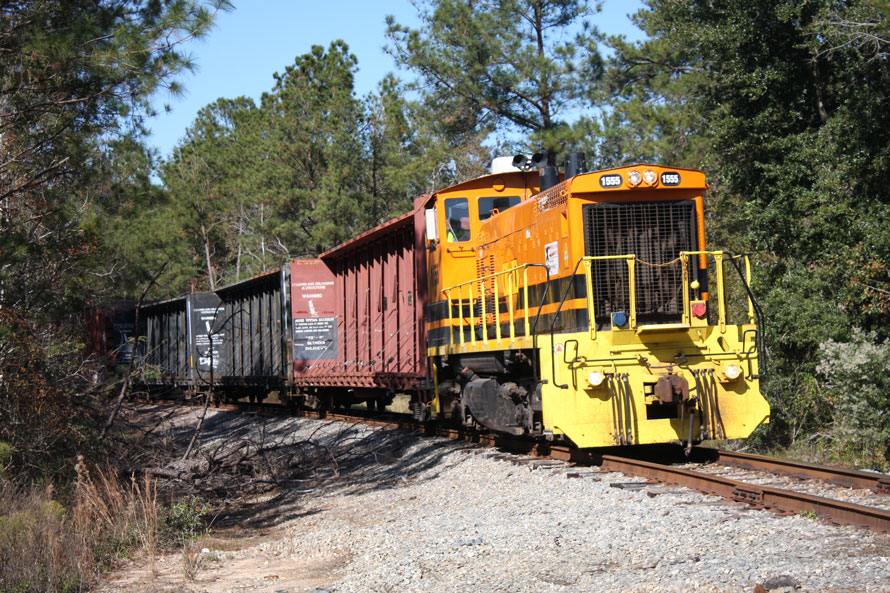
Like so many, COVID completely upended our life. The kid’s sports, church activities, school, and work schedules were all turned upside down. We had even planned a big trip back to Chama, New Mexico, but alas, that was not to be. Instead, our family bought a small travel trailer and camped a little closer to home which allowed us to travel a little safer during the pandemic. Our longest trip took us back to the tiny town of Durbin, West Virginia, where the Durbin and Greenbriar Railroad still operates a small section of the old Chesapeake and Ohio line. We had been to Durbin before on a trip to the neighboring Cass Scenic Railroad several years ago, but this time we camped at a small family campground in Durbin itself.
Read more
